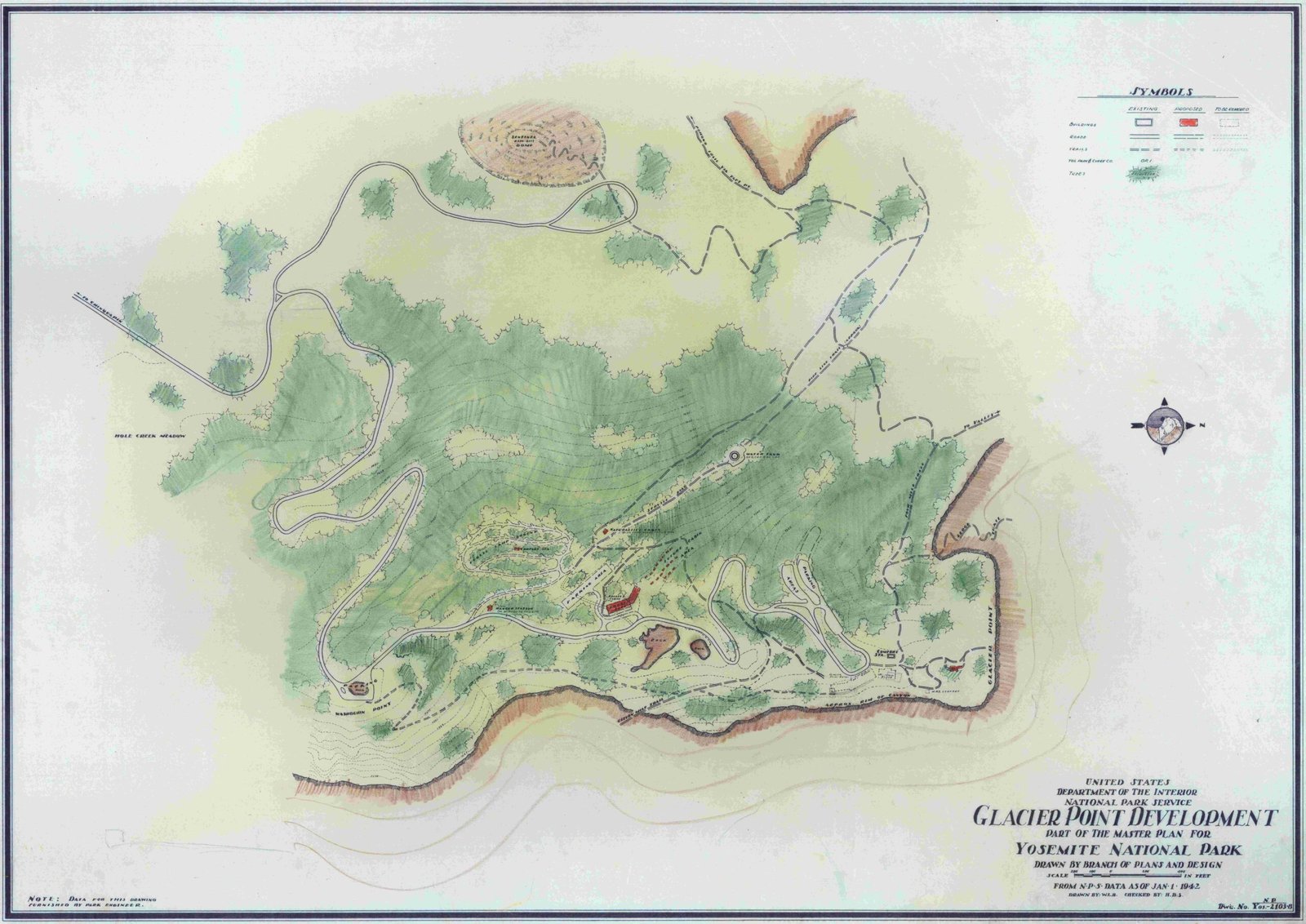Glacier National Park covers 1,013,322 acres (1,583 square miles), while Yellowstone National Park spans 2,219,791 acres (3,468 square miles). Yellowstone is approximately 2.18 times larger than Glacier. In size rankings among US National Parks, Glacier is 12th, while Yellowstone is 8th. This comparison reveals significant differences in area and ecological diversity between these two iconic parks.
What Are the Exact Measurements of Glacier and Yellowstone National Parks?

To truly understand how big Glacier National Park is in comparison to Yellowstone, let’s break down their exact measurements:
Glacier National Park
- Total area: 1,013,322 acres
- Square miles: Approximately 1,583
Yellowstone National Park
- Total area: 2,219,791 acres
- Square miles: Approximately 3,468
These figures clearly show that Yellowstone National Park is more than twice the size of Glacier National Park. This substantial difference in area contributes to the diverse ecosystems and attractions found in each park.
How Do These Parks Rank in Size Among US National Parks?

When considering how big Glacier National Park is in comparison to Yellowstone, it’s helpful to see where they stand among other US National Parks:
- Glacier National Park: Ranked 12th
- Yellowstone National Park: Ranked 8th
This ranking system provides context for the size of these parks within the broader scope of the US National Park system. While both are considered large parks, Yellowstone’s higher ranking reflects its significantly larger area.
What Does the Size Difference Mean for Visitors?
The size difference between Glacier and Yellowstone National Parks has several implications for visitors:
- Exploration Time: Yellowstone may require more time to fully explore due to its larger size.
- Diversity of Landscapes: The larger area of Yellowstone allows for a wider variety of ecosystems and geological features.
- Wildlife Habitats: Yellowstone’s greater expanse provides more extensive and varied habitats for wildlife.
- Crowd Distribution: The larger size of Yellowstone can potentially allow for better distribution of visitors across the park.
How Does the Size Affect the Ecosystems in Each Park?
The size difference between Glacier and Yellowstone National Parks significantly impacts their respective ecosystems:
Glacier National Park
- Concentrated alpine and subalpine environments
- Focused on mountainous terrain and glacial features
- Home to over 70 species of mammals and 260 species of birds
Yellowstone National Park
- Diverse range of ecosystems including forests, grasslands, and geothermal areas
- Hosts the largest concentration of mammals in the lower 48 states
- Features over 1,000 native plant species
The larger size of Yellowstone allows for a greater variety of interconnected ecosystems, while Glacier’s smaller area results in more concentrated and specialized habitats.
What Unique Features Does Each Park Offer Despite Their Size Difference?
Despite the difference in how big Glacier National Park is in comparison to Yellowstone, each park offers unique features:
Glacier National Park
- Going-to-the-Sun Road
- Over 700 miles of hiking trails
- 26 glaciers
- Lake McDonald
Yellowstone National Park
- Old Faithful geyser
- Grand Prismatic Spring
- Yellowstone Lake
- Grand Canyon of the Yellowstone
These features demonstrate that while size is a factor, it’s not the only determinant of a park’s appeal or ecological importance.
How Does the Size Difference Impact Conservation Efforts?
The size difference between Glacier and Yellowstone National Parks influences conservation strategies:
| Aspect | Glacier National Park | Yellowstone National Park |
|---|---|---|
| Area to Manage | 1,013,322 acres | 2,219,791 acres |
| Ecosystem Complexity | Focused on alpine environments | Diverse range of ecosystems |
| Resource Allocation | Concentrated efforts | Spread across larger area |
| Wildlife Management | Smaller ranges to monitor | Extensive wildlife corridors |
Conservation efforts in Yellowstone must account for a larger, more diverse area, while Glacier’s strategies can be more focused on its specific alpine ecosystems.
What Are the Visitation Statistics for Each Park?
Understanding how big Glacier National Park is in comparison to Yellowstone also involves looking at visitation numbers:
Glacier National Park
- Annual visitors: Approximately 3 million
Yellowstone National Park
- Annual visitors: Over 4 million
Despite being smaller, Glacier National Park still attracts a significant number of visitors, showcasing that size isn’t the only factor in a park’s popularity.
How Does Transportation Within the Parks Differ Due to Size?
The size difference impacts how visitors navigate each park:
- Glacier National Park
- Going-to-the-Sun Road: 50 miles long
- More concentrated road system
-
Emphasis on hiking and backcountry exploration
-
Yellowstone National Park
- Grand Loop Road: 142 miles long
- More extensive road network
- Greater distances between major attractions
Yellowstone’s larger size necessitates more extensive road systems and potentially longer travel times between points of interest.
What Future Challenges Do These Parks Face Related to Their Size?
As we consider how big Glacier National Park is in comparison to Yellowstone, it’s important to look at future challenges related to their sizes:
Glacier National Park
- Rapid glacial retreat due to climate change
- Concentrated visitor impact on smaller area
- Maintaining biodiversity in a more limited space
Yellowstone National Park
- Managing larger areas affected by wildfires
- Balancing ecosystem needs across vast, diverse landscapes
- Addressing the impact of climate change on varied habitats
While both parks face significant challenges, the larger size of Yellowstone presents a broader scope of issues to address in conservation and management efforts.
In conclusion, while Yellowstone National Park is significantly larger than Glacier National Park, both offer unique and valuable experiences to visitors. The size difference influences various aspects of these parks, from ecosystem diversity to conservation strategies. Understanding these differences enhances our appreciation for the distinct character and challenges of each park.
References:
1. National Park Obsessed: A Complete Break Down Of The US National Parks By Size
2. Paste Magazine: Battle of the National Parks: Yellowstone vs. Glacier
3. Visit Bozeman Blog: National Parks: Yellowstone versus Glacier